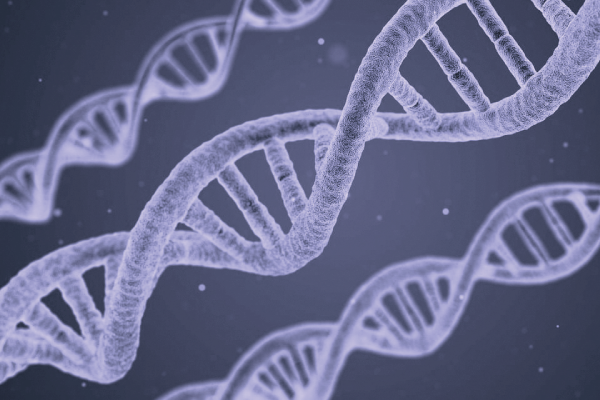SISTER STUDY RESEARCH
Association of gene variant type and location with breast cancer risk in the general population
ATM, BRCA1, BRCA2, CHEK2, and PALB2 are genes that confer high risk breast cancer, but risk differences by mutation type and location have not been well described. The Sister Study contributed to a large collaborative study that included 32,247 women with and 32,544 women without breast cancer. The study's most notable findings were for BRCA2, where investigators found that truncating mutations (i.e., mutations that led to a shortened protein) near the start of the gene (exons 1-10) or near the end of the gene (exons 13-27) were associated with higher breast cancer risk than truncating mutations in the middle of the gene (exon 11). However, exon 11 mutations were associated with increased risk of ER-negative breast cancer, as well as later-onset breast cancer. These findings have been replicated in other studies and the results can be used to improve individualized risk prediction and clinical management for women carrying BRCA2 truncating mutations.
Learn more here:
Association of gene variant type and location with breast cancer risk in the general population![]()


 The Sister Study is on Facebook!
The Sister Study is on Facebook!




